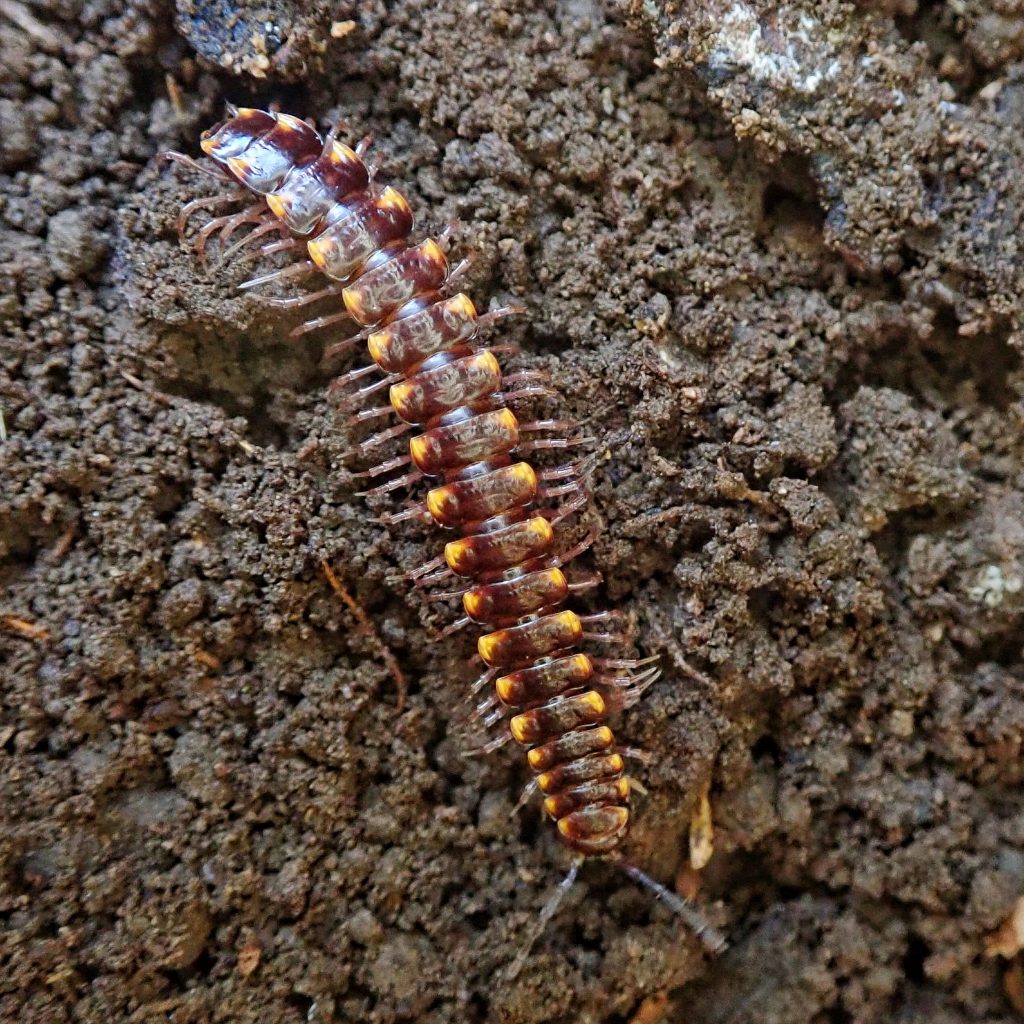
I was lucky on my first two millipedes. Tylobolus uncigerus is the only species in its order (Spirobolida) in our area and Spirobolida are easily identified by their frons suture, and Harpaphe haydeniana is our only Harpathe. But to confirm the identity of Kepolydesmus anderisus (suggested by William Shear as a possible identity of the millipede in some photos I sent him; shockingly I was correct that it was a nearctodesmine; even a blind squirrel, etc) I had to examine the genitalia (gonopods). Every time I try to do this sort of ultra fine bug manipulation I am reminded that I definitely did not miss my calling as a surgeon, but despite mangling the first specimen, I was able to eventually ascertain that all of my nearctodesmines were, indeed, Kepolydesmus anderisus.
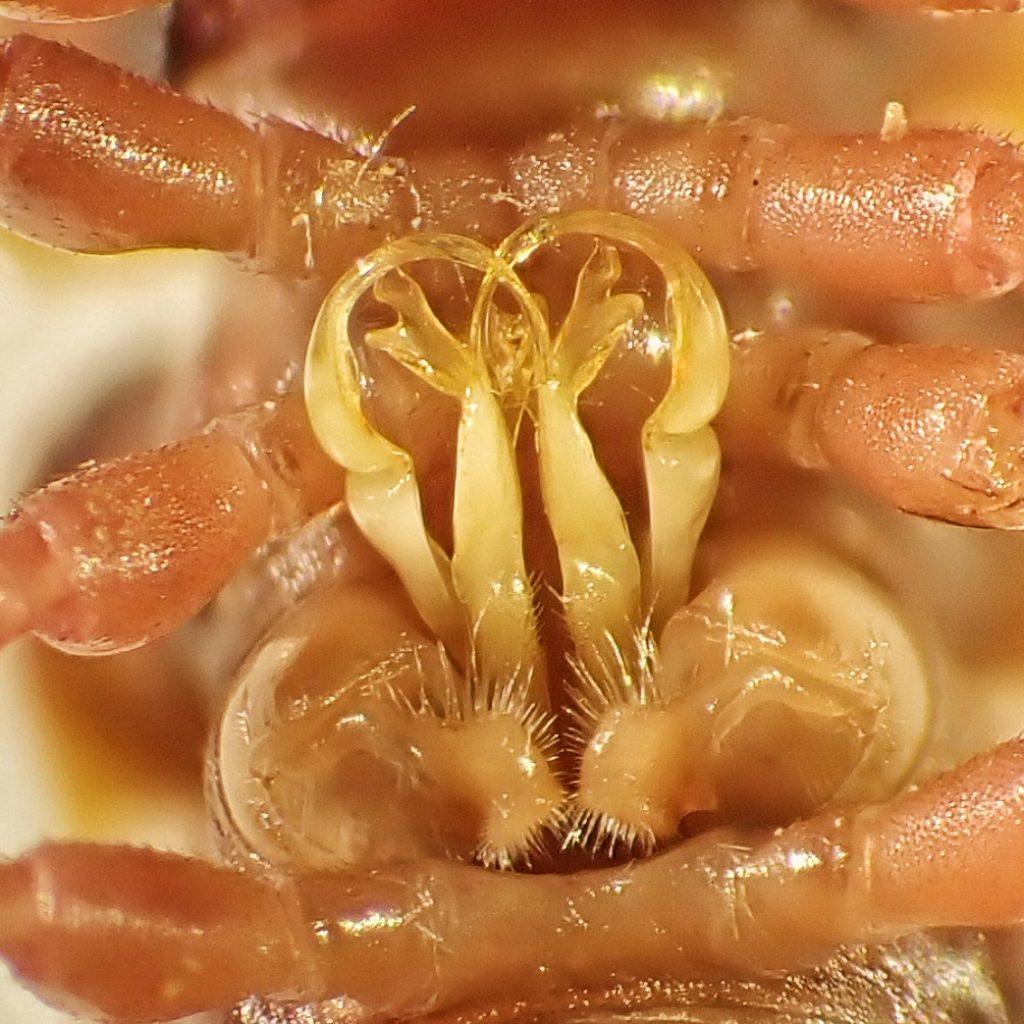
Like most polydesmidans they emit cyanide as a defense chemical. They have 2-chambered glands on the side of their body, in one of which they store cyanohydrin. In the other the cyanohydrin is transformed into hydrogen cyanide (HCN), and ejected onto the exoskeleton through ozopores when they feel threatened. They advertise this toxicity with warning (aposematic) coloration. The distinctive almond-like odor of these millipedes is due to benzaldehyde, a byproduct of the reaction that turns cyanohydrin into HCN, and that benzaldehyde is an effective deterrent for ants and some other invertebrate predators. Kepolydesmus anderisus itself is immune to the poison, and the amount is small enough that it isn’t a concern for humans, but HCN can be toxic to small mammals and birds, as well as many arthropods.
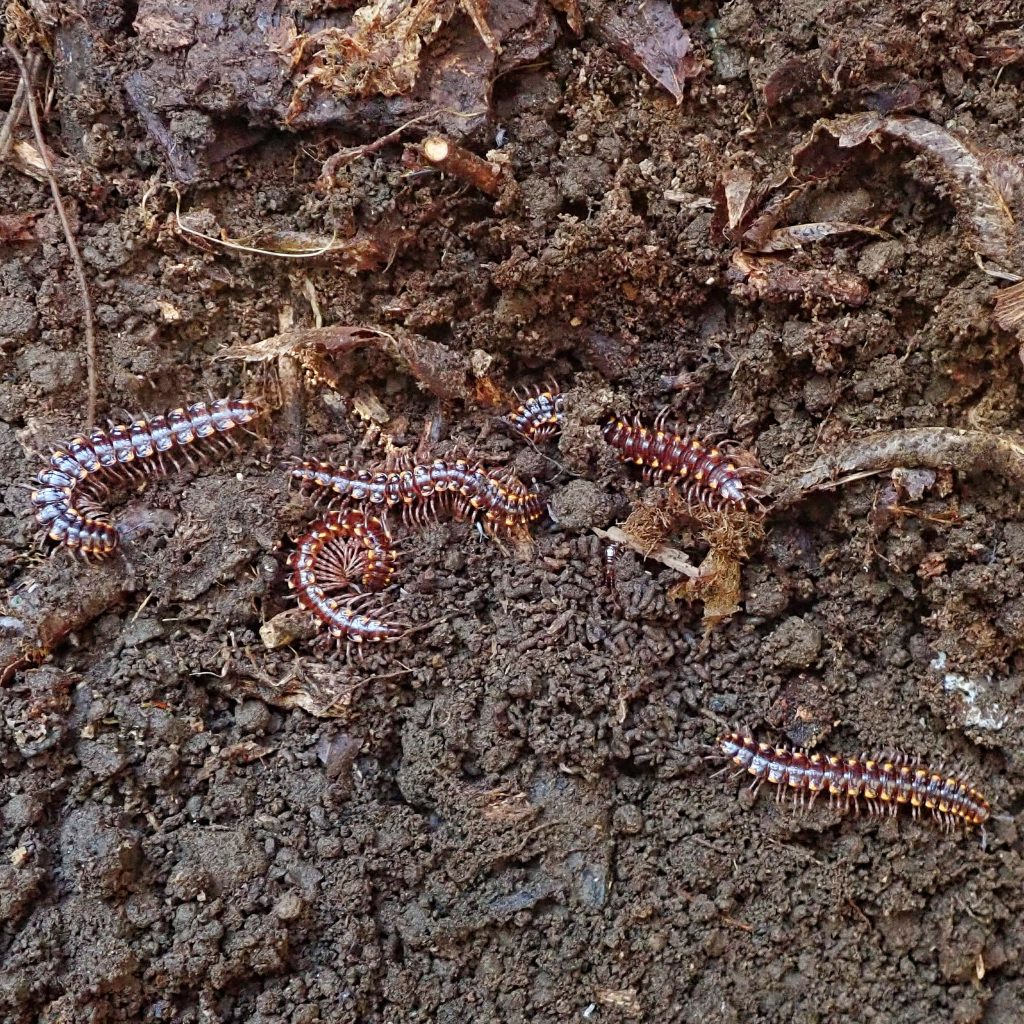
I mistakenly characterized the burrowing of Harpaphe haydeniana as being like a bulldozer, when in fact the flat-backed millipedes (Polydesmida) like H. haydeniana and Kepolydesmus anderisus are more like wedges, using the flat paranota to split a horizontal seam, which the powerful legs force to widen as they push to penetrate it. This allows them to navigate between the leaves in the litter, and along fault lines in decaying wood.
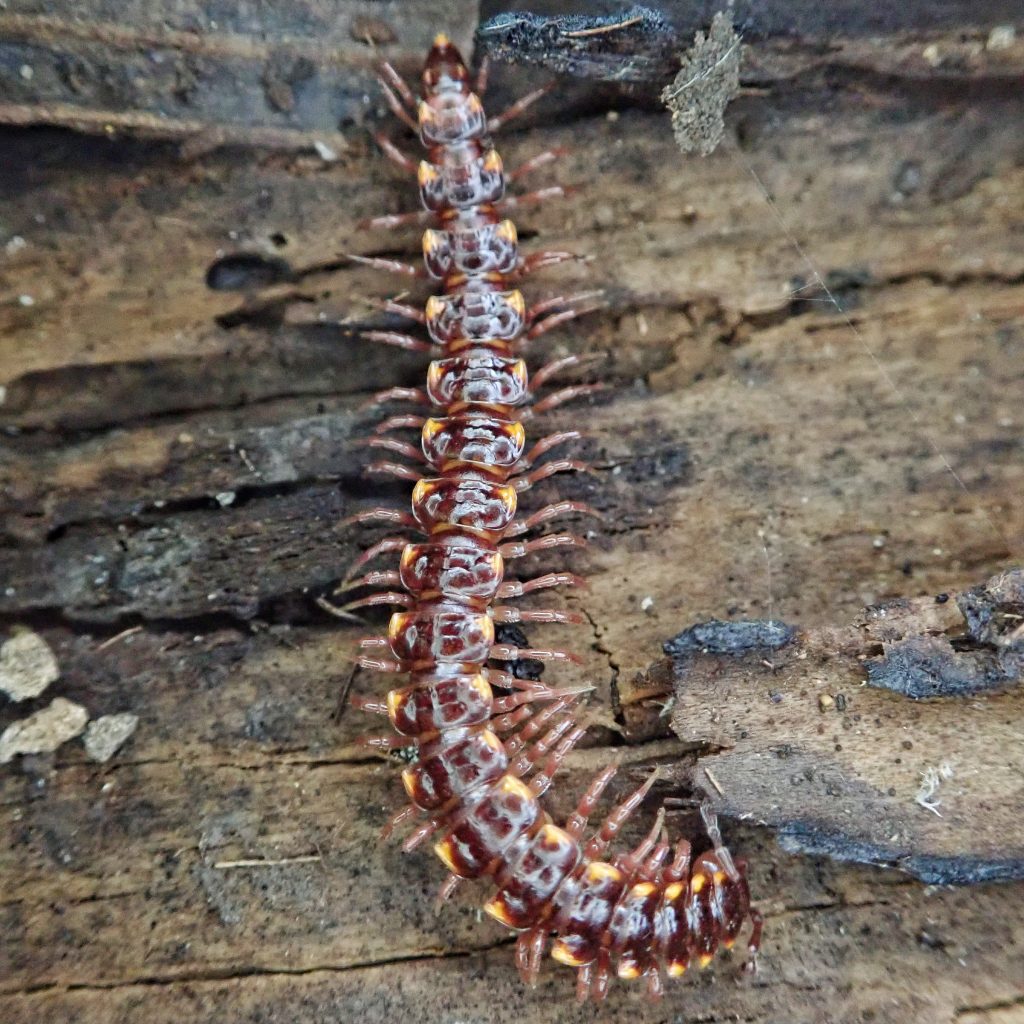
At present Kepolydesmus anderisus is placed in the family Macrosternodesmidae, and within the subfamily Nearctodesminiae, which was formerly the family Nearctodesmidae. This taxonomic flux is due to several interconnected issues, all of which have to do with the fact that, relative to other classes such as Insecta, Crustacea, and Arachnida, Diplopoda (millipedes) in general haven’t historically received a great deal of attention. As new species are discovered, known species are reevaluated in the light of present knowledge, and molecular testing is applied, the relationships among taxa come into clearer focus and the taxonomy must be revised. In the case of this clade of polydesmidans, this is further complicated by the issue (as outlined in Shear/Reddell; 2017) that the type genus of Macrosternodesmidae is quite possibly synonymous with the genus Chaetaspis, which would have nomenclatural precedence, since it was described 21 years earlier.
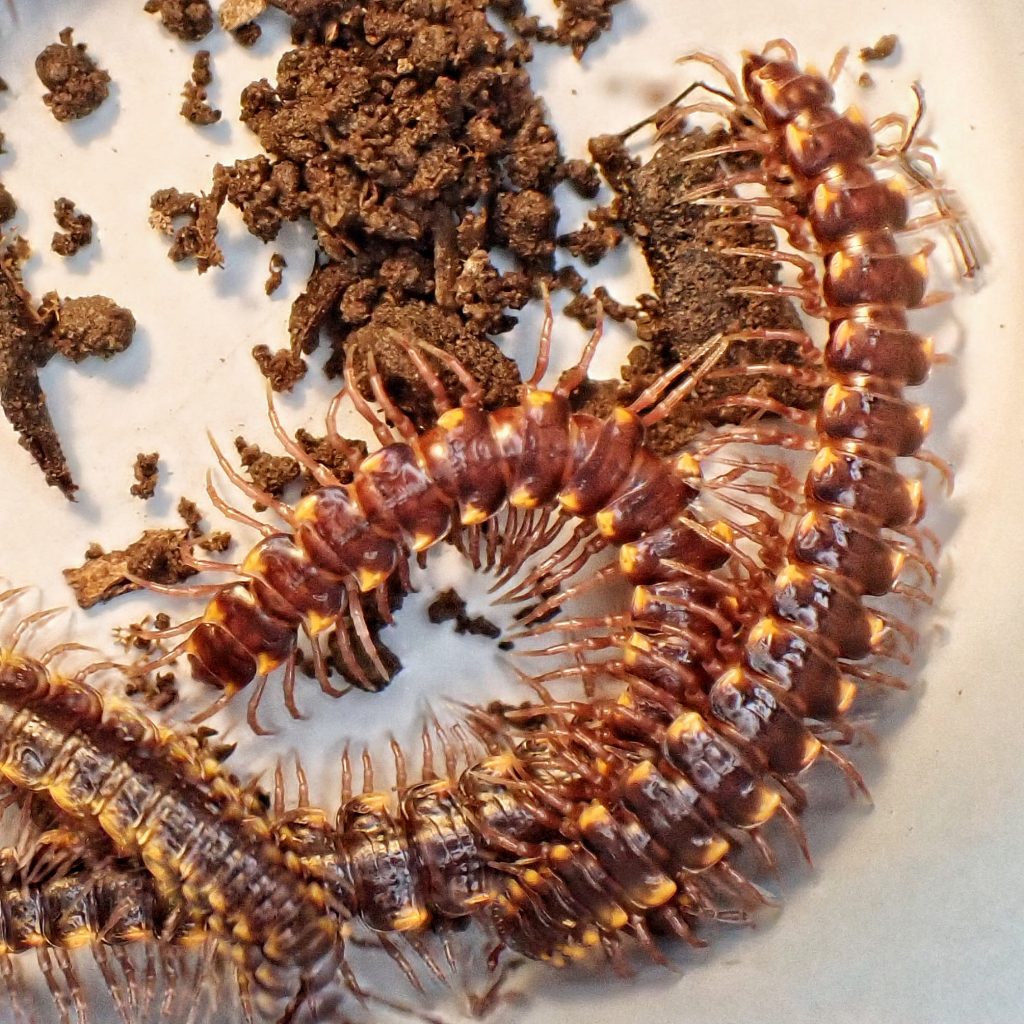
And Kepolydesmus anderisus itself is really a mystery. When I emailed my millipede mentor William Shear, whining about my inability to find information on the natural history of this species, he told me that the book I’d just spent more money on than I’d care to admit probably wouldn’t help me, because “Nothing is known of the life history or general biology of nearctodesmines.” So, that’s a few dozen research projects for any future entomologists who may be reading this!
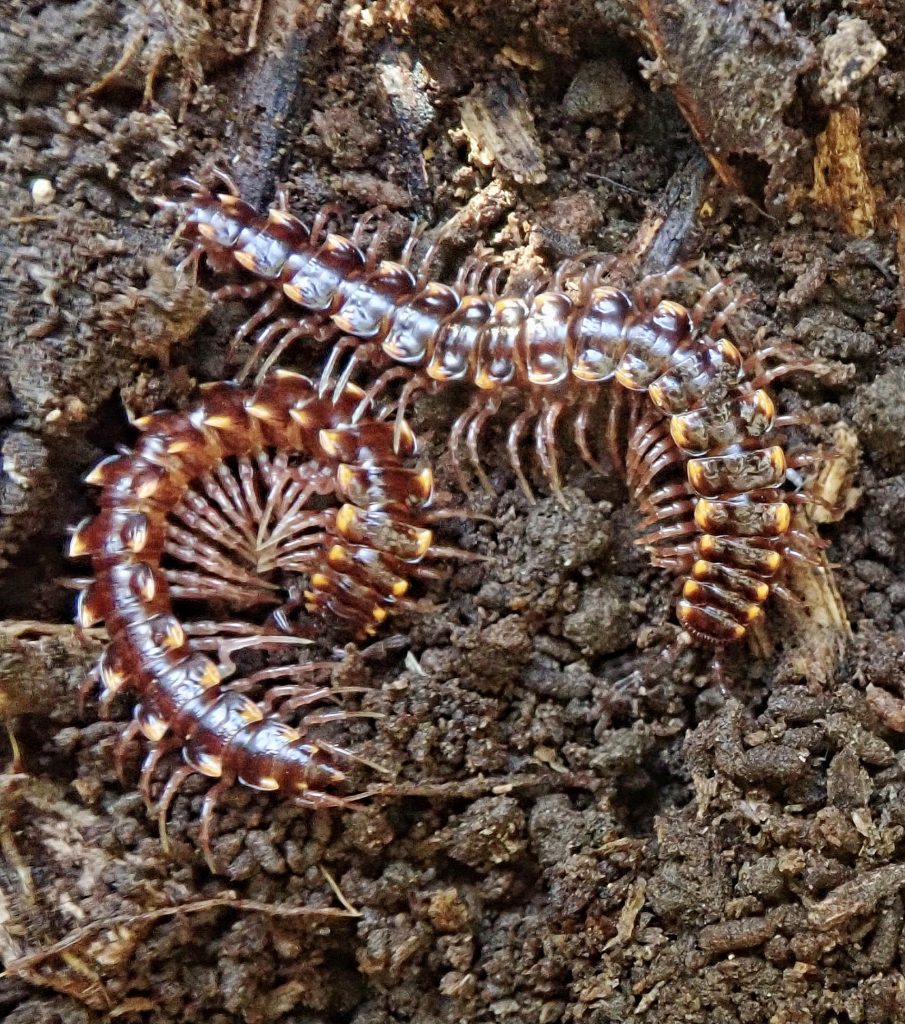
Description-Medium sized (25-30mm long, 3-3.5mm wide) shiny, dark brown or reddish brown millipede with flaring, yellowish brown paranota; dorsal plates are relatively flat and hairless; eyeless.
Similar species-Similar nearctodesmines can only be differentiated with microscopy and a key, such as the one found here; Harpaphe haydeniana and Chonaphe sp. are much broader, with convex dorsal plates; Tubaphe levi paranota do not project outward from the body.
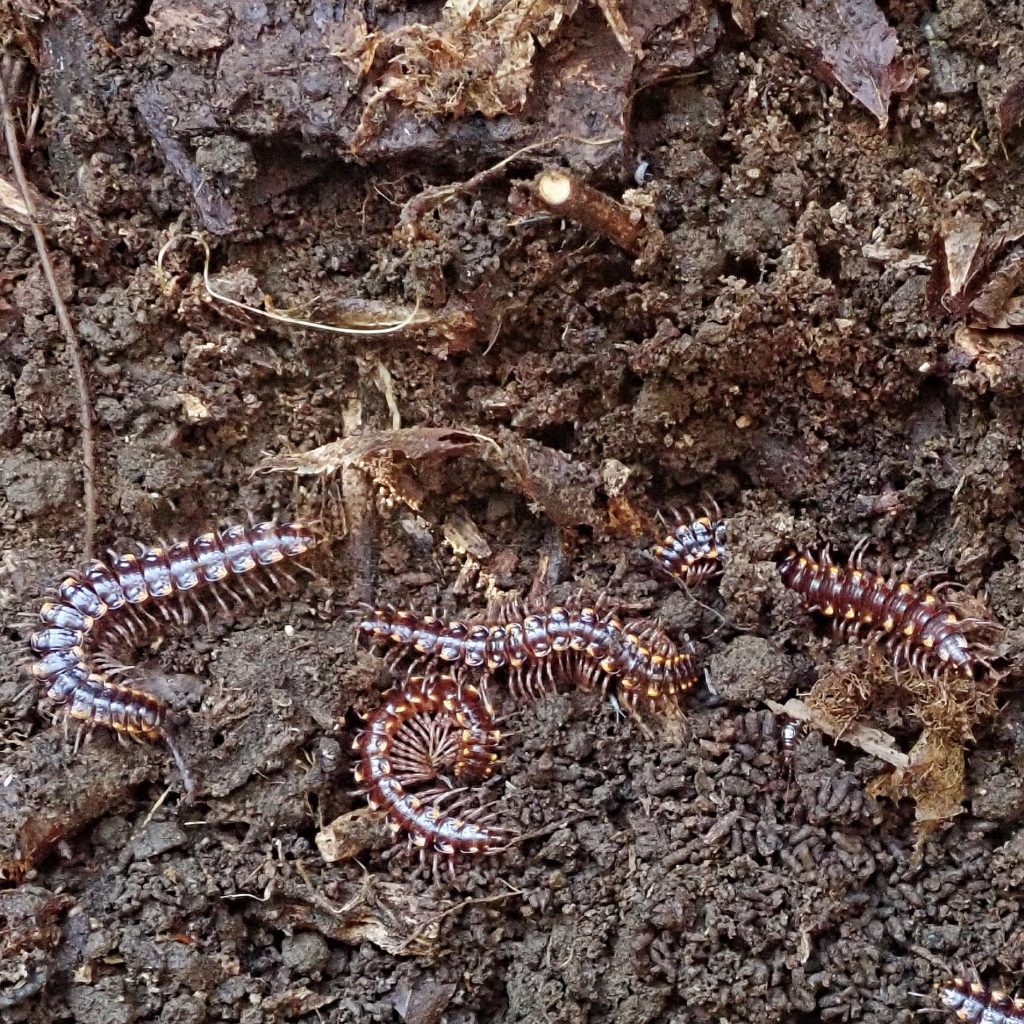
Habitat– Under logs and leaf litter in mesic forests and woodlands.
Range-Pacific Northwest endemic; found in 3 separate regions; western slope of the Cascades in central and southern Oregon; from Multnomah and Hood River counties in Oregon north to Lewis and Yakima counties in Washington; and in northern Idaho and adjacent areas of Washington and Montana.
Eats-Probably plant matter in some state of decay.
Eaten by–Promecognathus sp. beetles; eggs, hatchlings, and early instars are likely preyed upon by insectivores of all classes; various nematodes and marsh flies may parasitize eggs, hatchlings, and early instars.
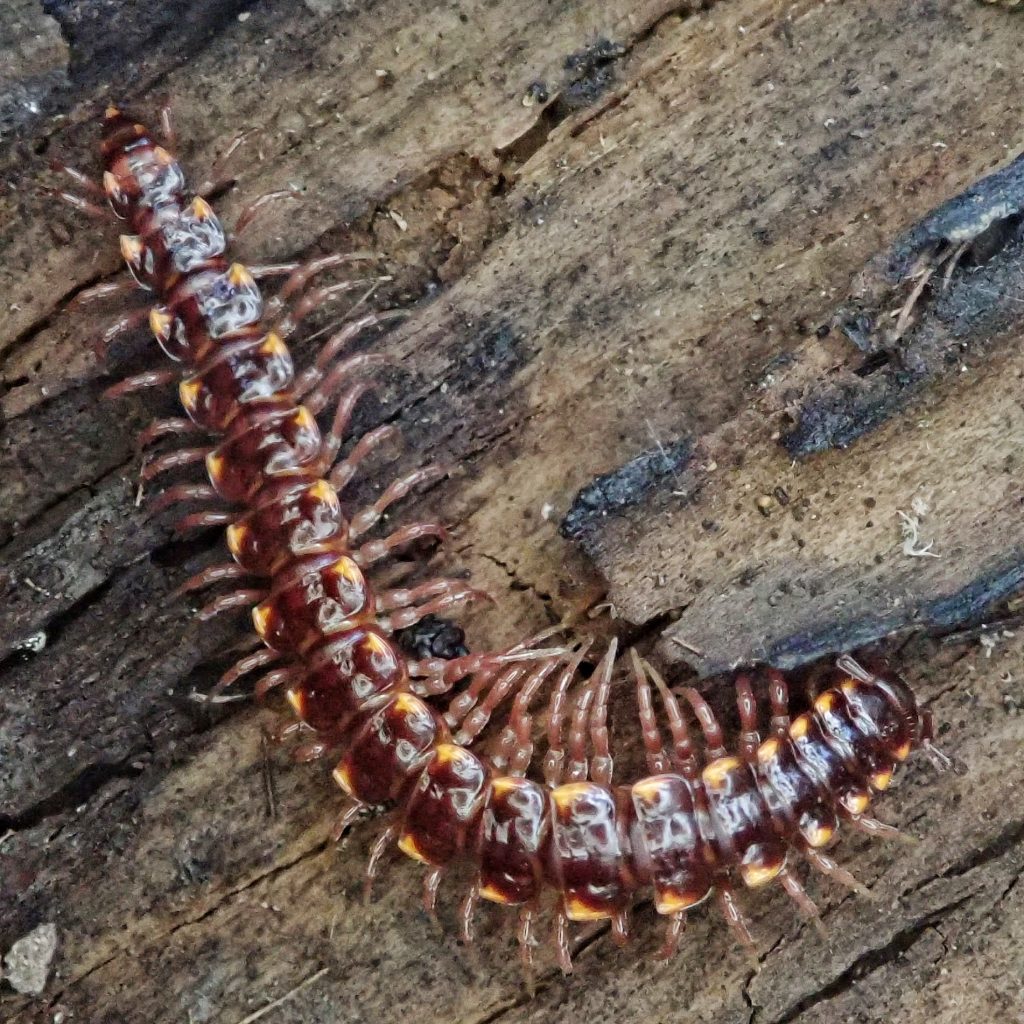
Adults active-most likely nocturnal, and active year around, although they are probably deep under cover during the coldest and driest times.
Life cycle-It’s a safe bet that they lay their eggs in humid environments that are under cover
Etymology of names–Kepolydesmus may be from the Greek for ‘split/cleave’, plus polydesmus, indicating the split from that genus, since it was originally used as a subgeneric name, although RV Chamberlin does not deign to tell us his reasoning. And –polydesmus may be from the Greek for ‘many chains/bundles’, and may refer to the vaguely chain link shaped segments, but I can’t say for certain on this either. Nor can I ascertain the meaning behind the specific epithet anderisus, although I suspect that it was from somebody’s name.
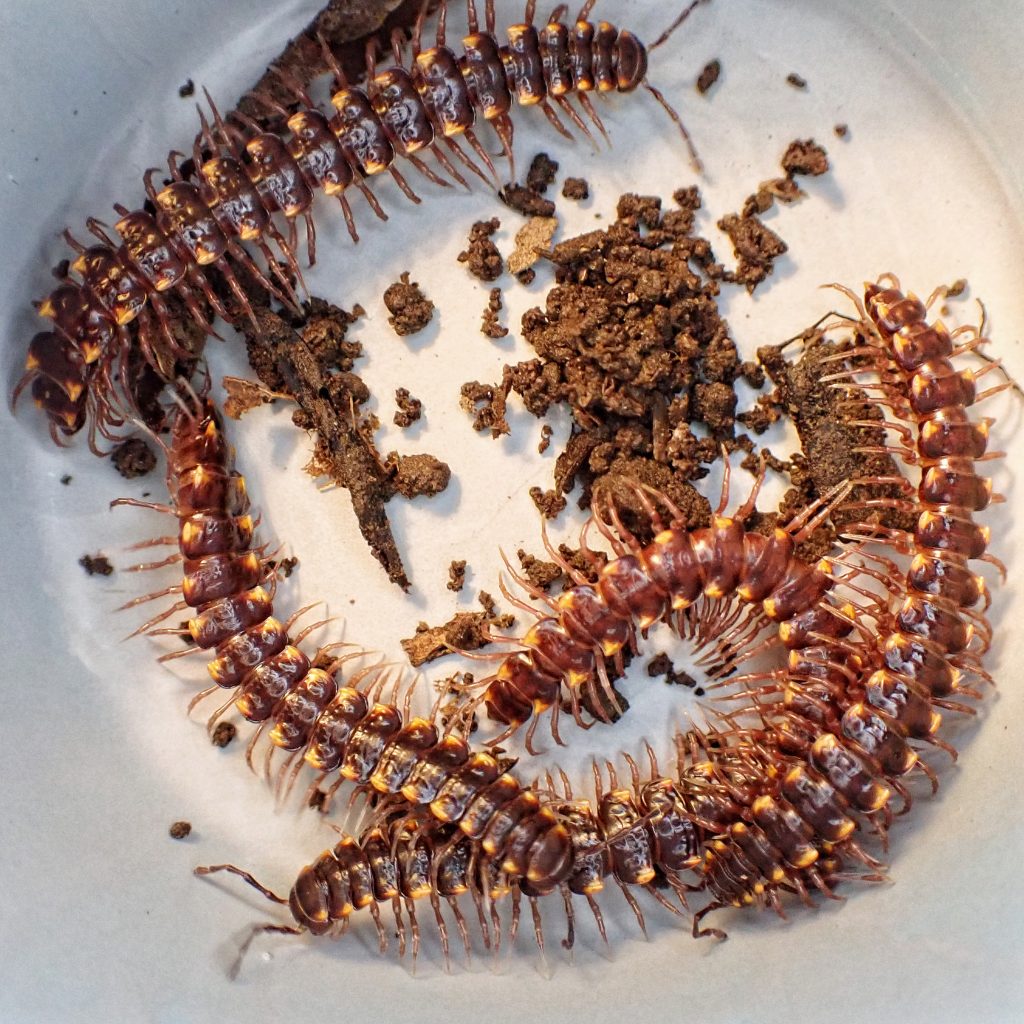
The milliped family Nearctodesmidae in northwestern… – Google Scholar
The chemical defenses of millipedes (diplopoda):… – Google Scholar
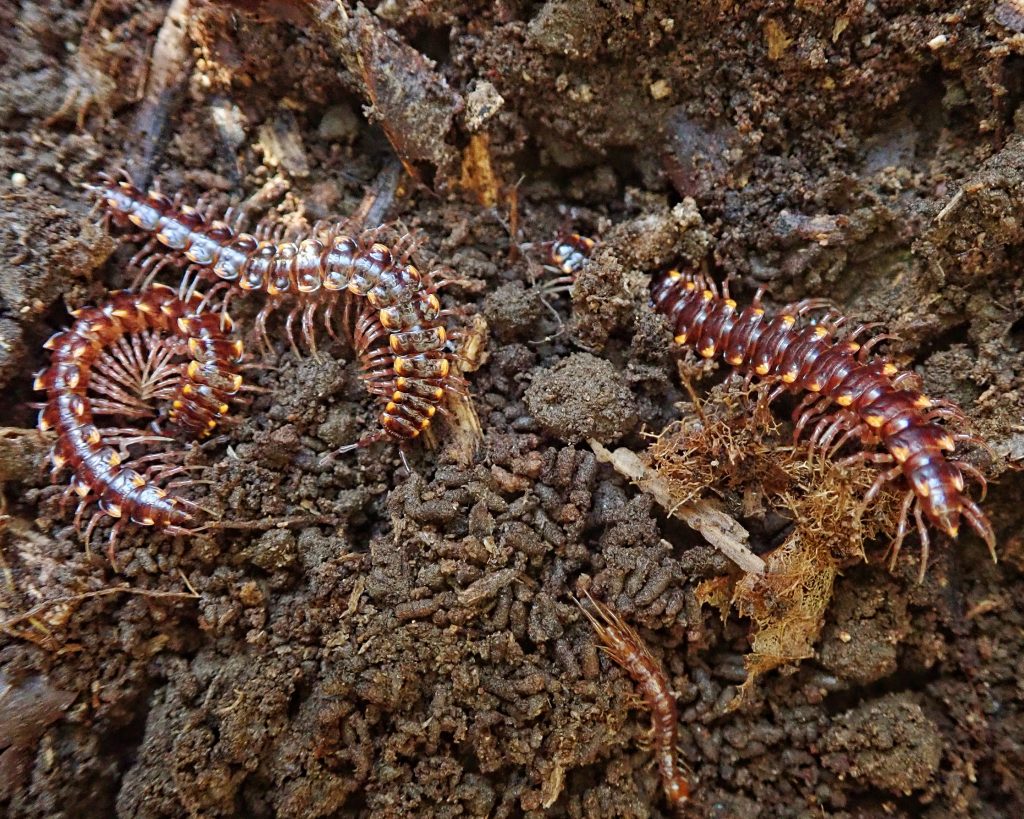
Very cool! This species gets a brief mention (and photo) in Eugene Kozloff’s “Plants and Animals of the Pacific Northwest” (under the synonym Kepolydesmus pungo). Kozloff writes their characteristic odor resembles that of vinegar.
As for etymology, Chamberlin had a tendency to use terms from Gosiute-Shoshoni and other Native American languages. So the “Ke-” prefix might be from one of these languages. His Animal Names and Anatomical Terms of the Goshute Indians (https://archive.org/details/jstor-4063187) might have clues to this and other Chamberlinian names.
Thank you for the resource, Sam! I will check that out.
Interesting that you mention the smell. I really don’t notice an almond smell from Kepolydesmus or Harpaphe. The Kepolydesmus did seem to have a musty odor, but I didn’t think vinegar.